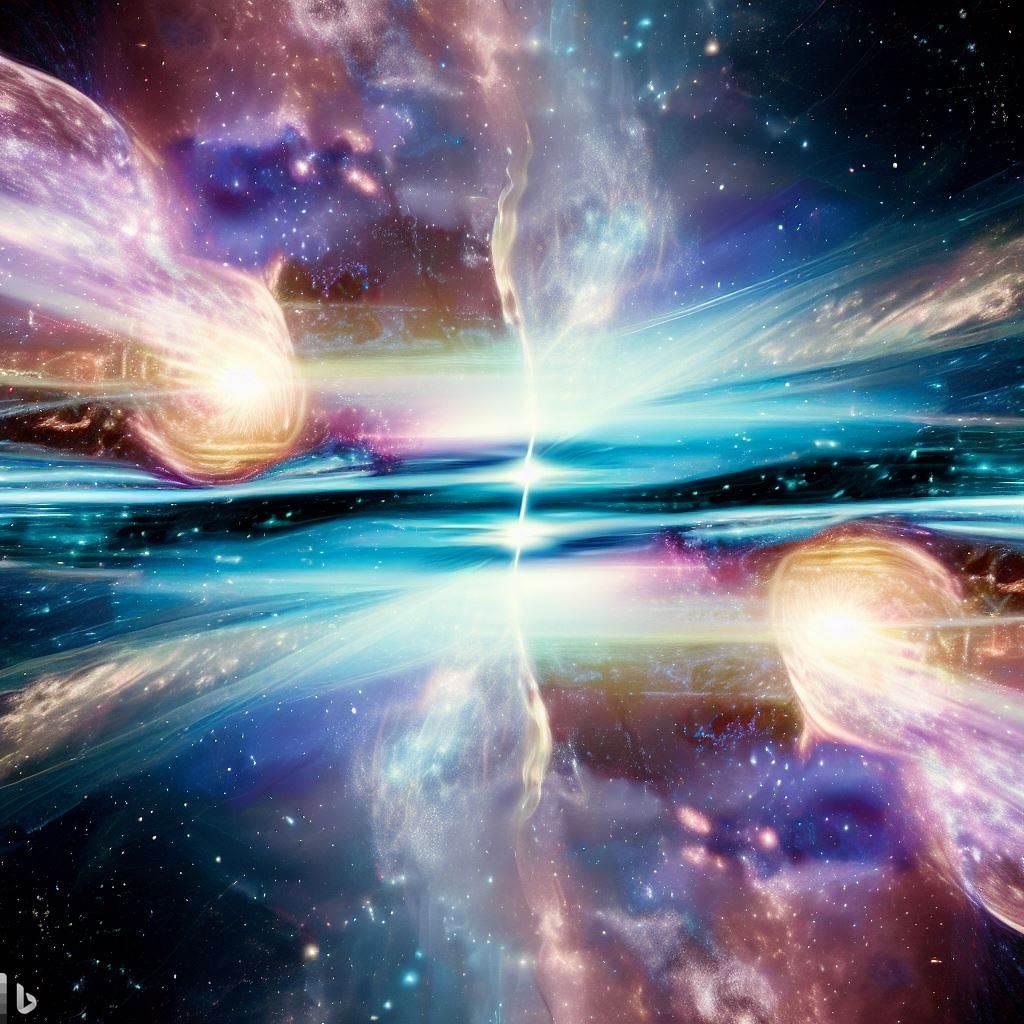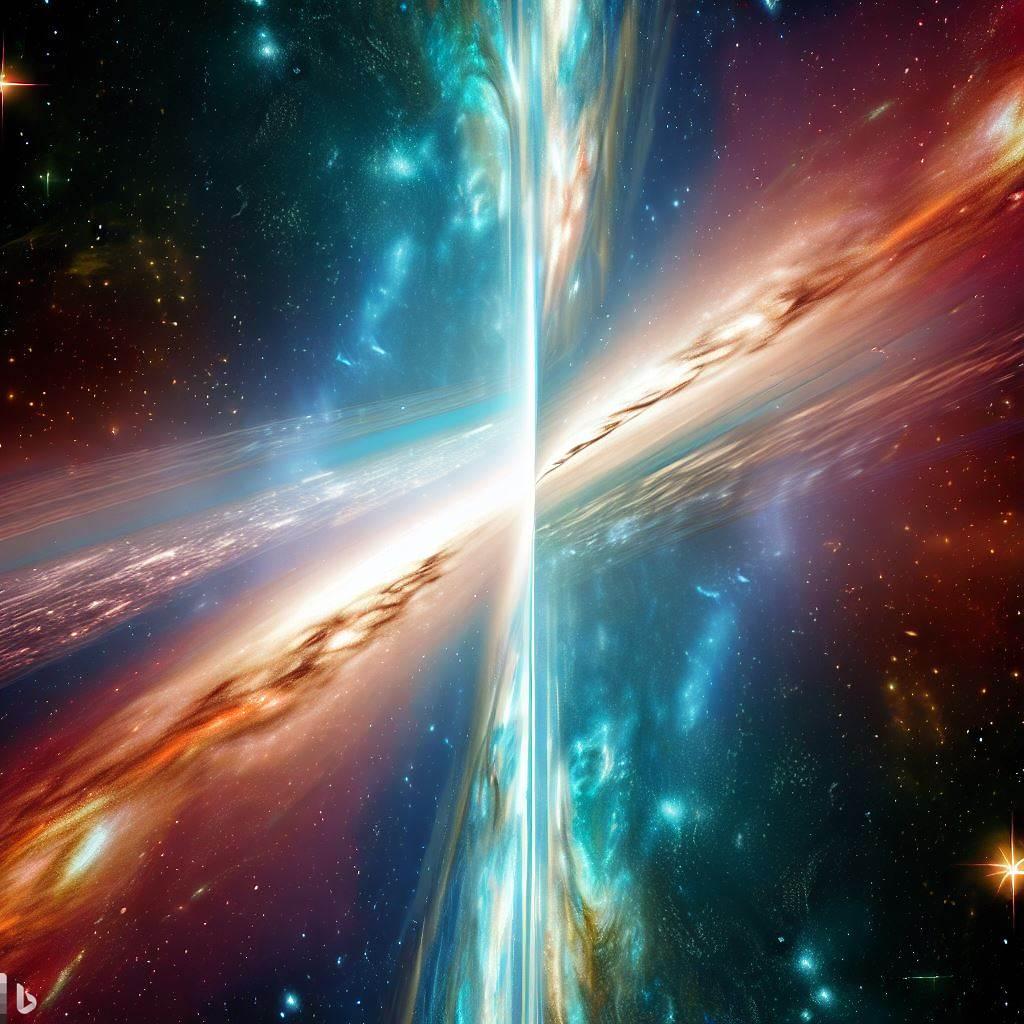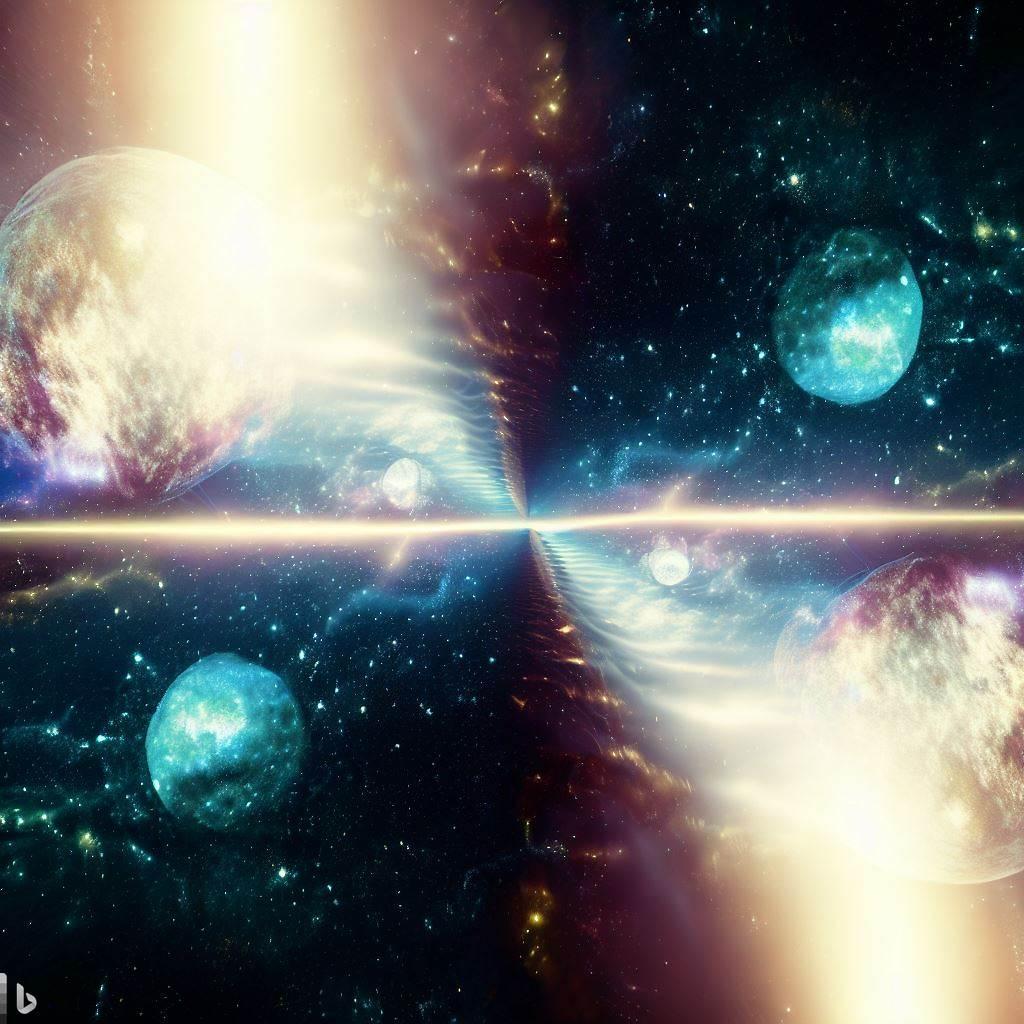Journeying Through the Enigmatic Realms of Parallel Universes

The concept of parallel universes has captivated the human imagination for centuries. It is a topic that has fascinated scientists, philosophers, and science fiction enthusiasts alike. In recent years, the idea of parallel universes has gained renewed attention, propelled by advancements in theoretical physics and quantum mechanics. In this article, we will delve into the intriguing realm of parallel universes, exploring the theories, evidence, and implications surrounding this mind-bending concept.
Understanding Parallel Universes
Parallel universes, also known as a multiverse, refer to the hypothetical existence of multiple universes that coexist alongside our own. These universes may have different physical laws, constants, or even entirely distinct realities. The notion of parallel universes emerged from various scientific and philosophical theories, each offering a unique perspective on the nature and existence of these parallel realms.
- Many-Worlds Interpretation
The Many-Worlds Interpretation, proposed by physicist Hugh Everett in the 1950s, is one of the most prominent theories supporting the concept of parallel universes. According to this interpretation, every possible outcome of a quantum event spawns a separate universe. In simpler terms, whenever a choice or observation is made, the universe splits into multiple branches, each representing a different outcome. This implies that there are countless parallel universes, each containing a version of reality with slight variations.
- String Theory and the Multiverse
String theory, a branch of theoretical physics, suggests that the fundamental building blocks of the universe are tiny strings vibrating in multiple dimensions. This theory provides a framework for understanding the existence of parallel universes. According to string theory, our universe is part of a larger structure called the “brane” or “membrane.” Within this multiverse, each brane may represent a separate universe with its own set of physical laws and properties. These universes may exist in close proximity or even intersect, yet remain largely inaccessible to one another.
- Bubble Universes
Inflationary cosmology, a theory that describes the rapid expansion of the universe after the Big Bang, postulates the existence of bubble universes. These universes are thought to have formed during a process called cosmic inflation, where the fabric of space-time expands exponentially. According to this theory, each bubble universe represents a distinct reality, with its own unique set of physical parameters and laws of nature. These bubbles may exist in a vast cosmic “foam,” forever separated from one another.
Evidence and Implications
While the existence of parallel universes remains speculative, there are several lines of evidence and theoretical implications that have sparked interest among scientists and researchers.
- Quantum Experiments
Quantum mechanics, the branch of physics that governs the behavior of particles at the atomic and subatomic levels, provides intriguing hints about the existence of parallel universes. Experiments such as the double-slit experiment and quantum entanglement have revealed phenomena that defy classical explanations. The Many-Worlds Interpretation offers a plausible explanation for these peculiar behaviors, suggesting that particles simultaneously exist in multiple states across parallel universes.
- Cosmic Microwave Background Radiation
The cosmic microwave background (CMB) radiation, a remnant of the early universe, has been studied extensively to understand the origins and evolution of our cosmos. Some scientists speculate that if parallel universes exist, they could leave imprints on the CMB in the form of unusual patterns or anomalies. While no definitive evidence has been found to support this idea, ongoing research continues to explore the possibility of detecting signatures of parallel universes within the CMB.
- Philosophical and Existential Implications
The concept of parallel universes raises profound philosophical and existential questions. If multiple universes exist, each with its own set of possibilities and outcomes, it challenges our understanding of free will and determinism. It invites contemplation about the nature of our existence and the choices we make, as they may be playing out differently in parallel realities. Furthermore, the existence of parallel universes could have implications for the search for extraterrestrial life, as the conditions for life may vary across different universes.
Limitations and Future Directions
It is important to note that the concept of parallel universes, while intriguing, remains highly speculative. The evidence supporting their existence is largely theoretical and indirect. Theoretical frameworks, such as the Many-Worlds Interpretation and string theory, offer plausible explanations but lack definitive empirical verification. To further explore the nature of parallel universes, future advancements in technology and theoretical physics will be crucial.

Conclusion
The idea of parallel universes is an enthralling concept that continues to captivate our imagination. While the evidence for their existence remains elusive, scientific theories and philosophical ponderings provide us with intriguing possibilities. From the Many-Worlds Interpretation to string theory and cosmic inflation, these frameworks offer perspectives on how parallel universes might exist. The exploration of parallel universes not only pushes the boundaries of our scientific understanding but also challenges our perception of reality and our place within the cosmos. As our quest for knowledge continues, we may one day unravel the mysteries of parallel universes and discover whether these enigmatic realms truly exist. Until then, the concept of parallel universes remains a captivating subject that fuels our curiosity and inspires further exploration.

